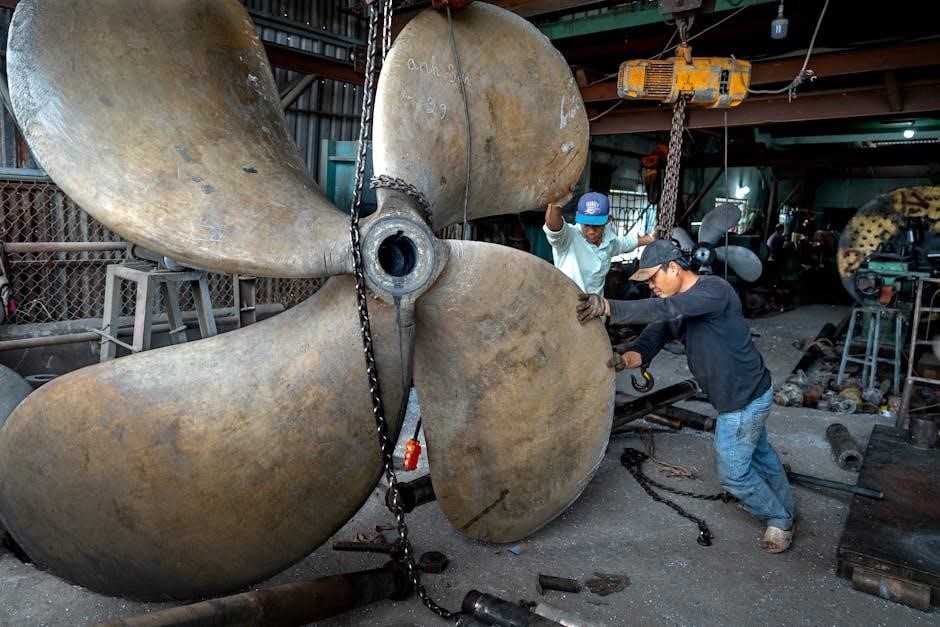The Lifting Operations and Lifting Equipment Regulations 1998 (LOLER) ensure the safe use of lifting equipment at work, enforced by the Health and Safety Executive (HSE). These regulations apply to all lifting equipment used in workplaces, aiming to reduce risks and enhance safety for employees and others involved in lifting operations. LOLER complements the Provision and Use of Work Equipment Regulations (PUWER), ensuring a comprehensive approach to workplace safety.
1.1 Purpose and Scope of the Regulations
The purpose of LOLER is to ensure the safe operation of lifting equipment, reducing risks to people’s health and safety. Its scope covers all workplaces using lifting equipment, outlining duties for employers, employees, and equipment owners. LOLER applies to lifting operations involving work equipment, complementing PUWER 1998. It focuses on proper planning, supervision, and execution of lifting tasks to prevent accidents. The regulations specify requirements for equipment strength, stability, and marking, ensuring fitness for purpose and safe usage. This framework protects everyone involved in or affected by lifting operations, promoting a safer working environment.
1.2 Key Objectives of LOLER
The primary objective of LOLER is to ensure the safety of lifting equipment and operations, protecting employees and others from risks. It mandates regular inspections and thorough examinations of equipment to maintain safety standards. LOLER also aims to promote a culture of safe practices in lifting operations, ensuring equipment is fit for purpose and used correctly. By setting clear guidelines, it helps employers and operators manage risks effectively, preventing accidents and injuries. Compliance with LOLER fosters a safer working environment for all parties involved in lifting activities.
1.3 Historical Background and Implementation
The Lifting Operations and Lifting Equipment Regulations 1998 (LOLER) were enacted to enhance workplace safety by ensuring the safe use of lifting equipment. Introduced on December 5, 1998, LOLER is part of the UK’s Health and Safety at Work etc. Act 1974 framework. It was implemented to address risks associated with lifting operations and equipment, providing clear guidelines for employers and operators. The regulations are enforced by the Health and Safety Executive (HSE) and apply to all businesses using lifting equipment. LOLER works in conjunction with the Provision and Use of Work Equipment Regulations (PUWER) 1998 to ensure comprehensive safety standards.
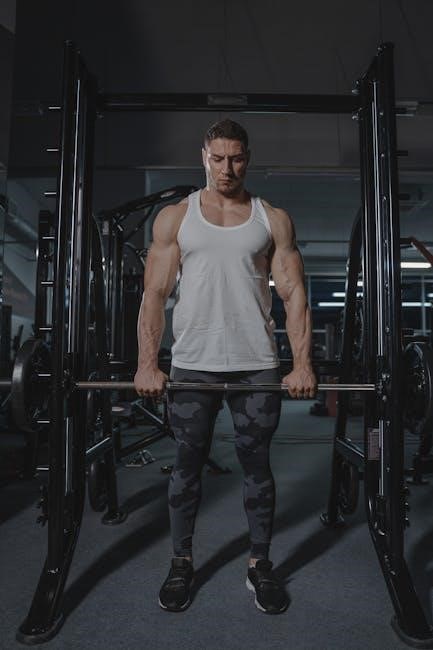
Key Definitions Under LOLER
Lifting equipment refers to machinery used for lifting or lowering loads. Lifting operations involve the movement of loads, while accessories are components attaching loads to equipment. These definitions are central to LOLER compliance.
2.1 Lifting Equipment
Lifting equipment under LOLER includes any machinery, appliance, or apparatus used for lifting or lowering loads. Examples include cranes, hoists, forklifts, and lifting attachments. This equipment must be fit for purpose, appropriately marked with its Safe Working Load (SWL), and properly maintained to ensure safety. Lifting equipment is also classified as work equipment under PUWER, requiring regular inspections and maintenance. The SWL must be clearly indicated, especially when it varies depending on the equipment’s configuration, ensuring safe and efficient lifting operations at all times.
2.2 Lifting Operations
Lifting operations under LOLER involve the lifting or lowering of a load, encompassing a wide range of activities from simple manual handling to complex crane operations. These operations must be properly planned, supervised, and executed to ensure safety. Employers and operators are responsible for ensuring lifting operations are carried out safely, with risks minimized. The complexity of the operation determines the level of planning required. Proper planning includes selecting the right equipment, assessing risks, and ensuring the operation is conducted by competent individuals. This ensures compliance with safety standards and protects all parties involved in the lifting process.
2.3 Accessory for Lifting
An accessory for lifting is defined as work equipment used to attach loads to lifting machinery. Examples include slings, shackles, and hooks. These accessories must be marked with their Safe Working Load (SWL) and configured to ensure safe use. Their design and material must suit the intended lifting task, and they must be properly maintained. Accessories play a critical role in ensuring the safety and efficiency of lifting operations, as their failure can lead to accidents. Regular inspection and adherence to manufacturer guidelines are essential to maintain compliance with LOLER standards and prevent risks during lifting operations.
2.4 EC Declaration of Conformity
The EC Declaration of Conformity is a legal document verifying that lifting equipment meets essential health and safety requirements under EU directives. It must accompany new equipment placed on the market, ensuring compliance with relevant standards. The document is prepared by the manufacturer or importer and includes details such as equipment description, standards applied, and the manufacturer’s identification. This declaration is crucial for compliance with LOLER and related regulations, providing assurance that the equipment is safe for use. It also facilitates the free movement of goods within the European market by confirming regulatory adherence.
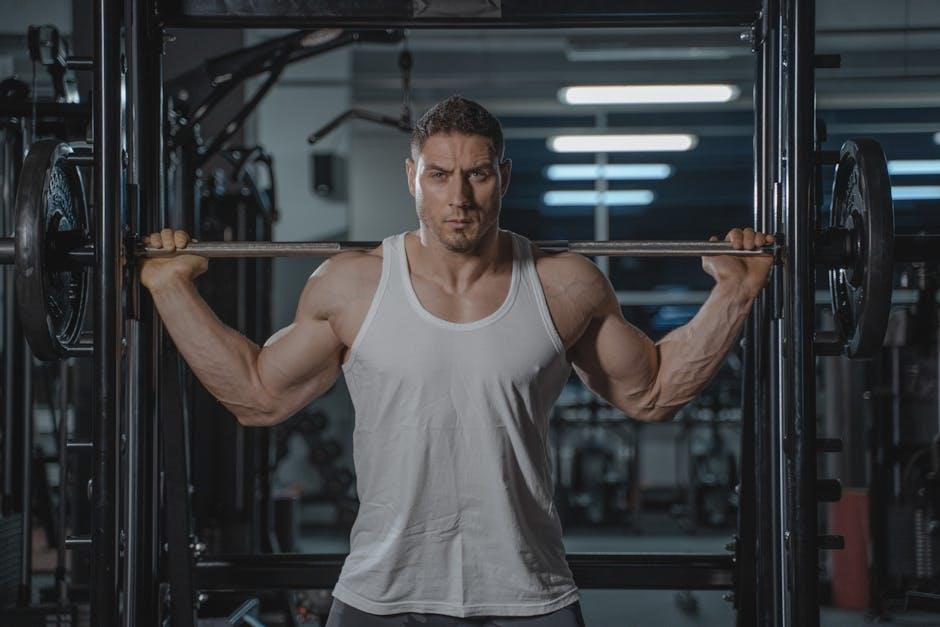
Responsibilities Under LOLER
LOLER places clear responsibilities on employers, employees, and equipment owners to ensure lifting operations are conducted safely. Employers must plan and supervise operations, while employees must follow safe practices. Equipment owners are tasked with maintaining and inspecting lifting gear regularly. These duties collectively aim to minimize risks and ensure compliance with safety standards. Proper adherence to these responsibilities is essential for preventing accidents and upholding legal requirements. Regular inspections and thorough examinations are also mandated to maintain equipment integrity and operational safety. Compliance ensures a safer working environment for all involved.
3.1 Employers’ Duties
Employers must ensure all lifting operations are planned, supervised, and executed safely by competent individuals. They are responsible for providing suitable lifting equipment, maintaining it, and ensuring regular inspections. Employers must also conduct thorough risk assessments, implement safety measures, and provide training to employees. They should ensure that lifting equipment is fit for purpose and that employees understand their roles. Records of inspections and maintenance must be kept, and any defects identified must be addressed promptly. Employers are ultimately accountable for compliance with LOLER, ensuring a safe working environment for all staff involved in lifting operations.
3.2 Employees’ Responsibilities
Employees must follow safe working practices and only operate lifting equipment they are trained and competent to use. They should report any defects or malfunctions in lifting equipment to their employer immediately. Employees are responsible for adhering to the procedures outlined by their employer for lifting operations. They must cooperate with their employer to ensure compliance with LOLER regulations and attend any required training sessions. Employees should also take reasonable care of their own safety and the safety of others while involved in lifting operations, ensuring equipment is used correctly and safely at all times.
3.3 Duties of Equipment Owners and Operators
Equipment owners and operators must ensure lifting equipment is safe, properly maintained, and fit for purpose. They are responsible for regular inspections and thorough examinations as required by LOLER. Owners must keep accurate records of inspections and any defects found. They must also provide necessary information and training to employees using the equipment. Equipment should only be used for its intended purpose and in accordance with the manufacturer’s instructions. Owners and operators must comply with all legal requirements to ensure the safety of lifting operations and prevent potential risks to employees and others involved. Regular maintenance and updates are essential.
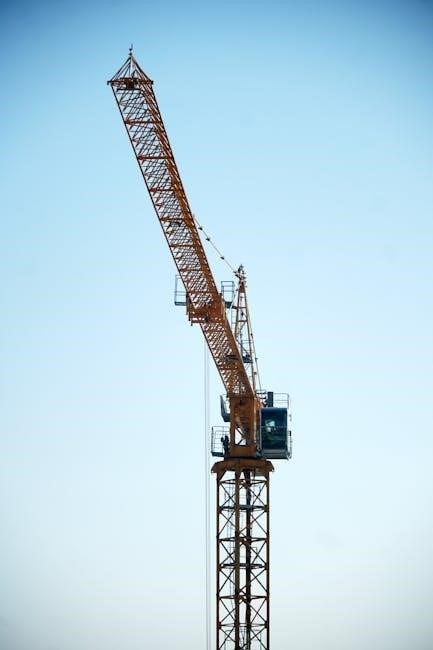
Requirements for Lifting Equipment
Lifting equipment must be strong, stable, and suitable for its intended use. It should be installed correctly, marked with safe working loads, and regularly inspected. Compliance ensures safety.
4.1 Strength and Stability
Lifting equipment must be of adequate strength and stability to handle the loads it is designed for. This ensures safety and prevents equipment failure during operations. The equipment should be designed and constructed to withstand stresses and strains, including dynamic forces. Proper installation and positioning are critical to maintain stability, reducing risks of equipment tipping or collapsing. Regular inspections and maintenance further ensure that the equipment retains its structural integrity over time, complying with safety standards and regulations. This requirement is fundamental to safeguarding both the equipment and personnel involved. Strength and stability are non-negotiable for reliable performance.
4.2 Positioning and Installation
Proper positioning and installation of lifting equipment are crucial to ensure safe and efficient operations. Equipment must be placed in locations that minimize risks of collision or accidental release of loads. Anchoring and securing systems should be used to prevent movement during use. The installation process must comply with manufacturer guidelines and relevant safety standards. Additionally, the environment where the equipment is installed should be assessed to identify potential hazards, such as overhead obstacles or uneven surfaces. Correct positioning and installation not only enhance safety but also optimize the equipment’s performance and longevity, reducing the likelihood of accidents. Regular checks and adjustments are necessary to maintain these conditions over time.
4.3 Marking of Lifting Equipment
Proper marking of lifting equipment is essential for safe operations. All equipment must be clearly labeled with its Safe Working Load (SWL), ensuring visibility and legibility. Where the SWL varies based on configuration, markings should reflect all potential positions. Accessories must also display relevant information, such as weight, if it impacts safe use. Equipment not designed for lifting people must be clearly marked to prevent misuse. These markings are critical for operator awareness and compliance with safety standards, reducing the risk of accidents caused by overload or improper use. Durable and consistent marking ensures long-term safety and adherence to regulations.
4.4 Equipment for Lifting Persons
Equipment used for lifting persons must meet stringent safety standards under LOLER. It requires additional safeguards to prevent accidents, including proper marking to indicate the maximum number of people it can lift alongside the Safe Working Load (SWL). Regular, more frequent thorough examinations are mandated to ensure reliability. The equipment must be designed to prevent unintended movement or release of the carrier, protecting individuals from injury. Compliance with these specific requirements is critical to ensure the safety of people during lifting operations, and failure to adhere can result in enforcement action by the HSE. Proper configuration and use are essential for safe operations.
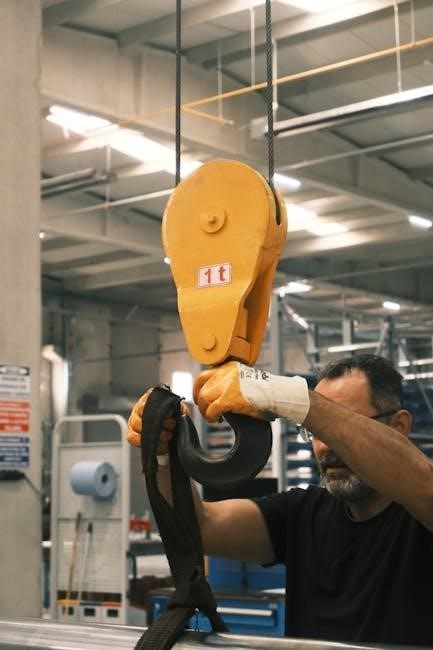
Organisation of Lifting Operations
Lifting operations must be properly planned, supervised by competent persons, and carried out safely. Regular thorough examinations ensure equipment reliability, minimizing risks and enhancing workplace safety standards.
5.1 Planning and Supervision
Under LOLER, all lifting operations must be meticulously planned and supervised by a competent person to ensure safety. Proper planning involves assessing risks, selecting appropriate equipment, and outlining procedures. Supervision ensures compliance with plans and safe execution. The goal is to minimize hazards, protect workers, and maintain operational efficiency. Effective planning and supervision are critical to preventing incidents and meeting legal requirements, ensuring lifting operations are conducted responsibly and safely in all workplace settings.
5.2 Competent Persons and Training
Under LOLER, only competent persons should plan, supervise, and execute lifting operations. Competence is determined by adequate training, experience, and knowledge of relevant regulations. Employers must ensure that all personnel involved in lifting operations receive appropriate training to understand risks, equipment, and safe practices. This includes recognizing hazards, operating equipment safely, and understanding legal obligations. Training should be ongoing to maintain and update skills, ensuring compliance with LOLER requirements and promoting a culture of safety in the workplace.
5.3 Risk Assessment and Management
LOLER requires thorough risk assessments to identify hazards in lifting operations. Employers must evaluate risks associated with the load, equipment, and environment. Proper planning and supervision by competent persons are essential to mitigate risks. Equipment suitability, load characteristics, and environmental factors must be considered. Measures such as safety checks, clear communication, and emergency preparedness should be implemented. Regular reviews of risk assessments ensure ongoing safety. Compliance with these steps minimizes risks, ensuring lifting operations are conducted safely and efficiently, aligning with legal and organizational safety standards.
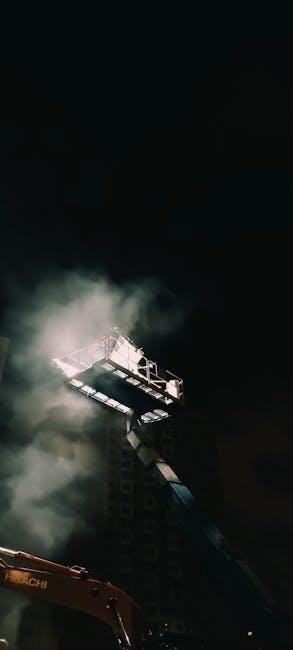
Thorough Examination and Inspection
Thorough examinations of lifting equipment are legally required to ensure safety and compliance. They help identify risks and prevent equipment failure, aligning with PUWER standards.
6.1 Frequency of Inspections
Under LOLER, lifting equipment must undergo regular inspections, typically every six months or as specified by the manufacturer. High-risk equipment may require more frequent checks. These examinations ensure equipment remains safe and fit for purpose, reducing operational risks. Records of inspections must be maintained, detailing any defects found and corrective actions taken. This systematic approach helps prevent equipment failure and ensures compliance with legal requirements, safeguarding users and maintaining workplace safety standards effectively.
6.2 Reporting Defects and Faults
Any defects or faults identified during inspections must be promptly reported to the equipment user and the relevant enforcing authority. The report should detail the nature of the defect, its location, and any necessary corrective actions. This ensures that potential risks are addressed swiftly, preventing accidents. The HSE typically oversees enforcement in industrial settings, while local authorities handle most other workplaces. Clear communication and documentation are essential to maintain safety standards and legal compliance, ensuring all stakeholders are informed and proactive in resolving issues.
6.3 Keeping Records of Inspections
The Lifting Operations and Lifting Equipment Regulations 1998 (LOLER) require employers and equipment owners to maintain detailed records of all inspections. These records should include the date of inspection, the equipment examined, any defects identified, and the actions taken to address them. Keeping accurate and comprehensive records is essential for ensuring compliance with legal obligations and for maintaining operational safety. Employers must retain these records for an appropriate period, ensuring they are accessible for review by relevant authorities. This documentation serves as a critical reference point for future inspections and audits, helping to prevent potential hazards and ensuring ongoing compliance with safety standards.
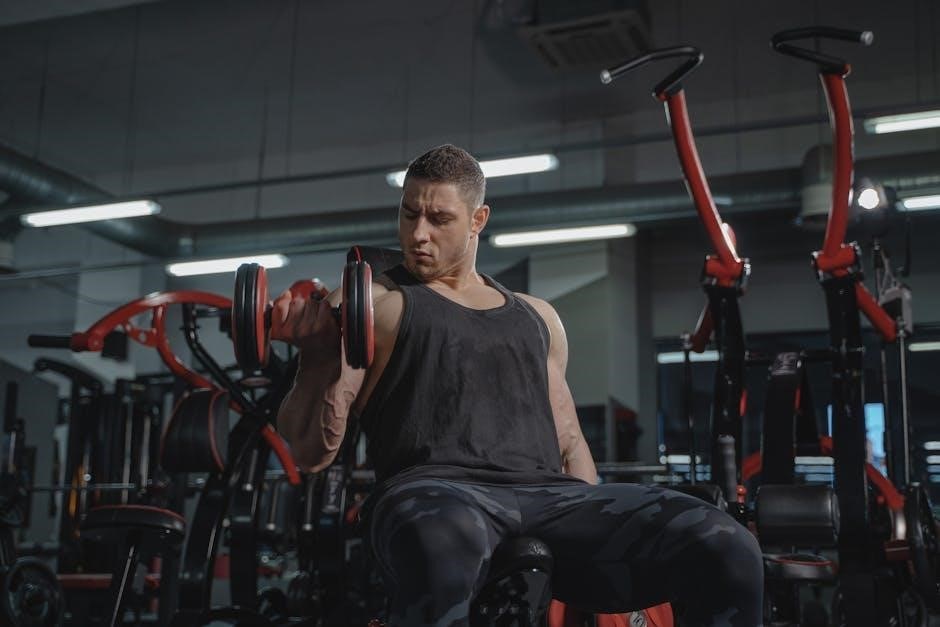
Specific Requirements for Lifting Accessories
LOLER specifies that lifting accessories must meet strict safety standards, including marking with Safe Working Loads (SWL), proper configuration-dependent limits, and EC Declaration of Conformity requirements.
7.1 Safe Working Loads (SWL)
Under LOLER, all lifting accessories must clearly display their Safe Working Load (SWL), representing the maximum load they can safely handle. SWL markings ensure equipment is used within its design limits, preventing overload risks. For equipment with variable configurations, SWL must be specified for each configuration to avoid operational ambiguity. Employers must ensure that SWLs are legible, accurate, and appropriately displayed, while users are trained to adhere to these limits. Compliance with SWL requirements is critical for maintaining operational safety and preventing potential failures during lifting operations.
7.2 Marking and Labeling
LOLER mandates that all lifting equipment and accessories must be clearly and durably marked with their Safe Working Load (SWL) and other essential information. Markings should be legible and enduring, ensuring they remain visible under normal usage conditions. Equipment must also bear the EC Declaration of Conformity, indicating compliance with EU standards. Labels should include specific details such as maximum load capacities and configuration-dependent limits. Proper marking and labeling are crucial for safe operation, enabling users to identify equipment capabilities and prevent overload risks; This requirement ensures transparency and accountability in equipment usage and maintenance.
7.3 Configuration-Dependent SWL
LOLER requires lifting equipment to display configuration-dependent Safe Working Loads (SWL), reflecting all potential setups. For equipment like engine hoists, where the hook position affects SWL, markings must indicate capacities for each configuration. This ensures users are aware of load limits in varying scenarios. Clear labeling prevents overload risks and enhances operational safety. Equipment with adjustable components must provide detailed information for each setup, maintaining compliance and reducing hazards; This provision is critical for equipment used in diverse lifting operations, ensuring safe and efficient load handling across different configurations. Proper SWL marking is essential for compliance and user safety.
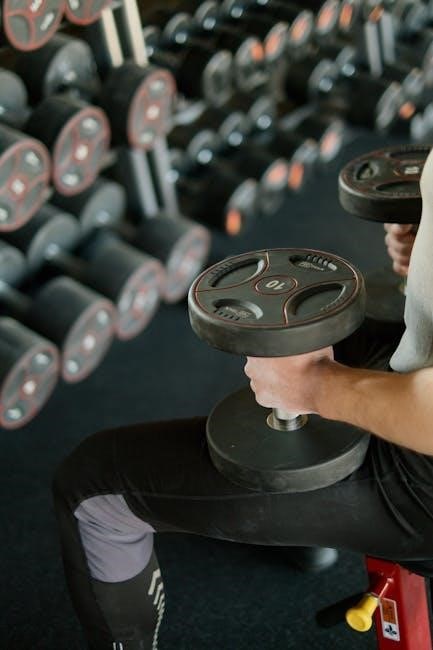
Exemptions and Special Cases
LOLER exempts certain equipment, such as armed forces machinery and gear used in private homes. Specific equipment not covered by LOLER includes escalators and pallet trucks.
8.1 Exemption for Armed Forces
Lifting equipment used by the armed forces is exempt from LOLER requirements, as it falls under separate military regulations. This exemption applies to equipment under military control, ensuring specialized operations are not hindered while maintaining safety standards. The exemption is specific to armed forces and does not extend to other sectors, ensuring compliance in all other cases. This provision acknowledges the unique nature of military operations and their existing safety protocols. It ensures that critical defense activities are not unduly restricted by civilian safety regulations while still prioritizing safety.
8.2 Equipment Not Covered by LOLER
Certain types of equipment are excluded from LOLER’s scope, such as escalators, moving walkways, and conveyor systems. Simple pallet trucks that only raise loads slightly are also exempt, as they do not qualify as lifting equipment under the regulations. Additionally, equipment used in private dwellings, like stair lifts for domestic use, is not subject to LOLER requirements. However, while these exemptions exist, employers must still ensure the safety of such equipment under the Provision and Use of Work Equipment Regulations (PUWER). This ensures that even non-LOLER equipment is used safely in workplaces.
8.3 Equipment Used in Private Dwellings
Lifting equipment used in private dwellings, such as stair lifts or platform lifts for domestic use, is generally not subject to LOLER requirements. However, the Health and Safety at Work Act 1974 still applies, requiring equipment to be safe for users. While LOLER exemptions exist for private use, owners must ensure equipment is properly maintained and safe, especially if used by vulnerable individuals. This approach balances regulatory relief with ongoing safety obligations, ensuring protection for all users in domestic settings.
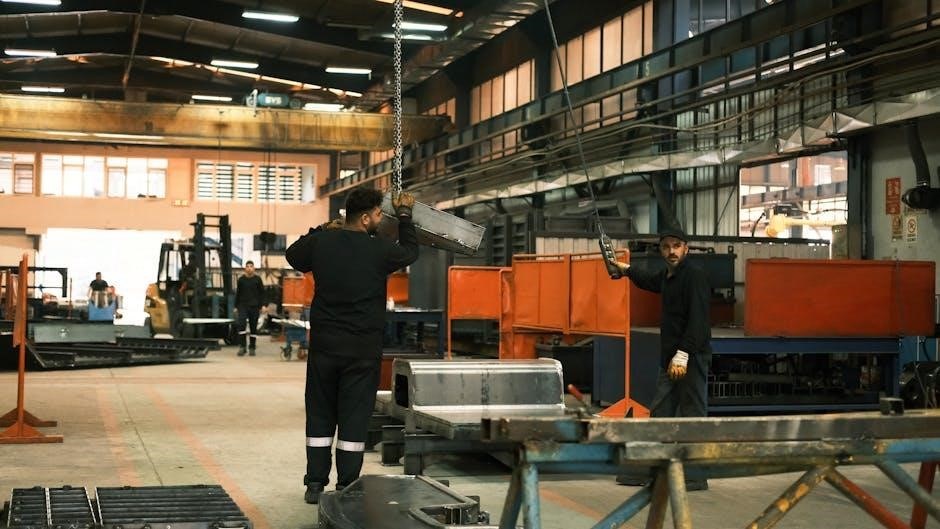
Relationship with Other Regulations
LOLER works alongside other regulations like PUWER, Supply of Machinery (Safety) Regulations, and Personal Protective Equipment at Work Regulations to ensure comprehensive workplace safety standards are maintained.
9.1 Provision and Use of Work Equipment Regulations (PUWER)
LOLER and PUWER work together to ensure workplace safety, with PUWER focusing on the general use of work equipment. While LOLER specifically targets lifting equipment, PUWER covers a broader range of equipment, ensuring it is suitable for its intended use, properly maintained, and inspected regularly. Employers must comply with both regulations to guarantee a safe working environment. PUWER also emphasizes the importance of training employees to use equipment safely, which aligns with LOLER’s requirements for competent personnel in lifting operations. This dual approach ensures comprehensive safety measures are in place.
9.2 Supply of Machinery (Safety) Regulations
The Supply of Machinery (Safety) Regulations ensures machinery, including lifting equipment, meets essential safety standards before being placed on the market. These regulations require manufacturers to conduct conformity assessments and provide a Declaration of Conformity (DoC). This documentation confirms the equipment complies with safety requirements, often eliminating the need for an initial thorough examination under LOLER. The regulations apply to all machinery, even manually operated equipment like chain blocks, ensuring safety by design and construction. This aligns with LOLER by guaranteeing equipment is inherently safe for use in lifting operations, supporting overall workplace safety objectives.
9.3 Personal Protective Equipment at Work Regulations
The Personal Protective Equipment at Work Regulations require employers to provide suitable PPE where risks cannot be controlled by other means. This is particularly relevant in lifting operations, such as rope access work, where safety harnesses are essential. Employers must assess risks and provide PPE that complies with these regulations, ensuring it is properly maintained and used. This regulation works alongside LOLER to safeguard workers, especially in scenarios where lifting equipment might pose additional hazards, ensuring comprehensive protection for employees involved in lifting operations.
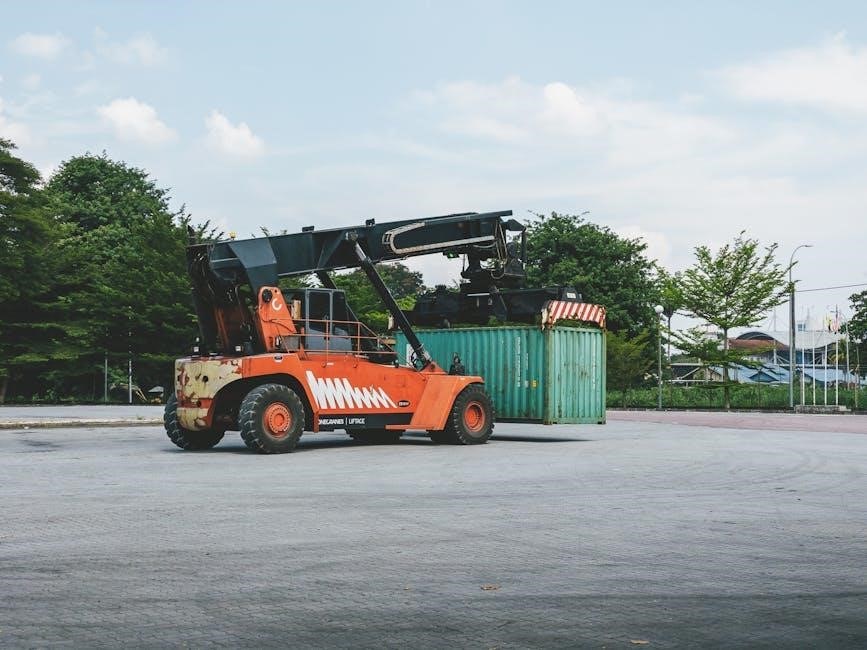
Enforcement and Penalties
The Health and Safety Executive (HSE) enforces LOLER, with penalties for non-compliance, including fines and legal action. The HSE collaborates with maritime authorities under a Memorandum of Understanding (MoU) to ensure compliance and safety standards are met across all sectors, including lifting operations.
10.1 Role of the Health and Safety Executive (HSE)
The Health and Safety Executive (HSE) is responsible for enforcing the Lifting Operations and Lifting Equipment Regulations 1998 (LOLER). The HSE ensures compliance by conducting inspections and investigations, particularly in industrial workplaces. It also collaborates with other authorities, such as the Maritime and Coastguard Agency (MCA), through a Memorandum of Understanding (MoU) to coordinate enforcement in specific sectors. The HSE provides guidance and support to businesses, helping them understand and meet their legal obligations under LOLER. This includes advising on thorough examinations, risk management, and proper use of lifting equipment to ensure workplace safety and prevent incidents.
10.2 Penalties for Non-Compliance
Non-compliance with LOLER regulations can result in significant legal consequences. Employers and organizations found in breach may face substantial fines or even imprisonment, depending on the severity of the violation. The Health and Safety Executive (HSE) enforces these penalties, ensuring that businesses adhere to safety standards. Failure to properly maintain, inspect, or operate lifting equipment can lead to prosecution under the Health and Safety at Work etc. Act 1974. Penalties aim to hold duty holders accountable and promote a culture of safety, protecting employees and others from preventable risks. Compliance is essential to avoid legal and financial repercussions.
10.4 Memorandum of Understanding (MoU) with Maritime Authorities
The Health and Safety Executive (HSE) has a Memorandum of Understanding (MoU) with the Maritime and Coastguard Agency (MCA) and the Marine Accident Investigation Branch (MAIB). This agreement coordinates enforcement activities, ensuring safety standards for lifting equipment used in maritime contexts. While LOLER generally excludes lifting equipment on ships, the MoU addresses overlaps and shared responsibilities. It ensures that lifting operations at sea or in ports are subject to appropriate safety checks and regulations, maintaining consistency between maritime and land-based safety standards without duplication of enforcement efforts.
